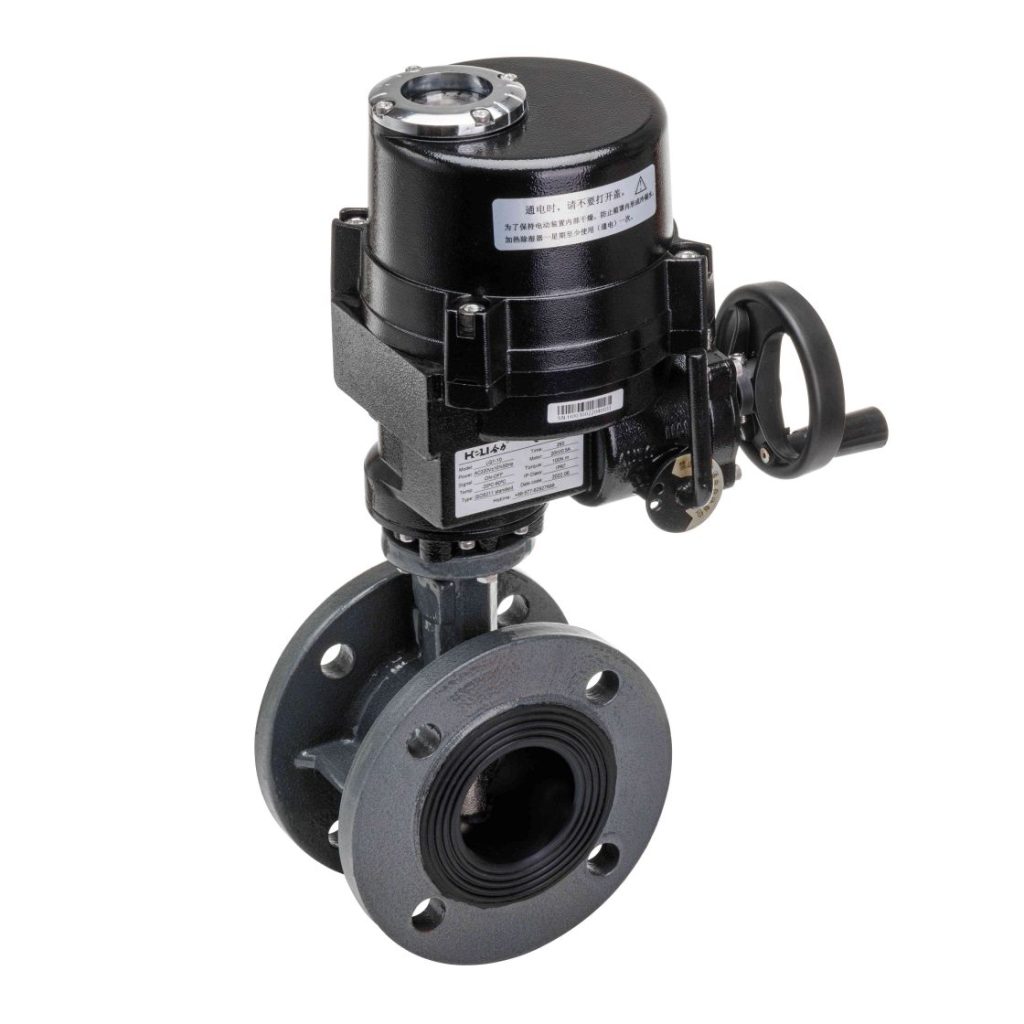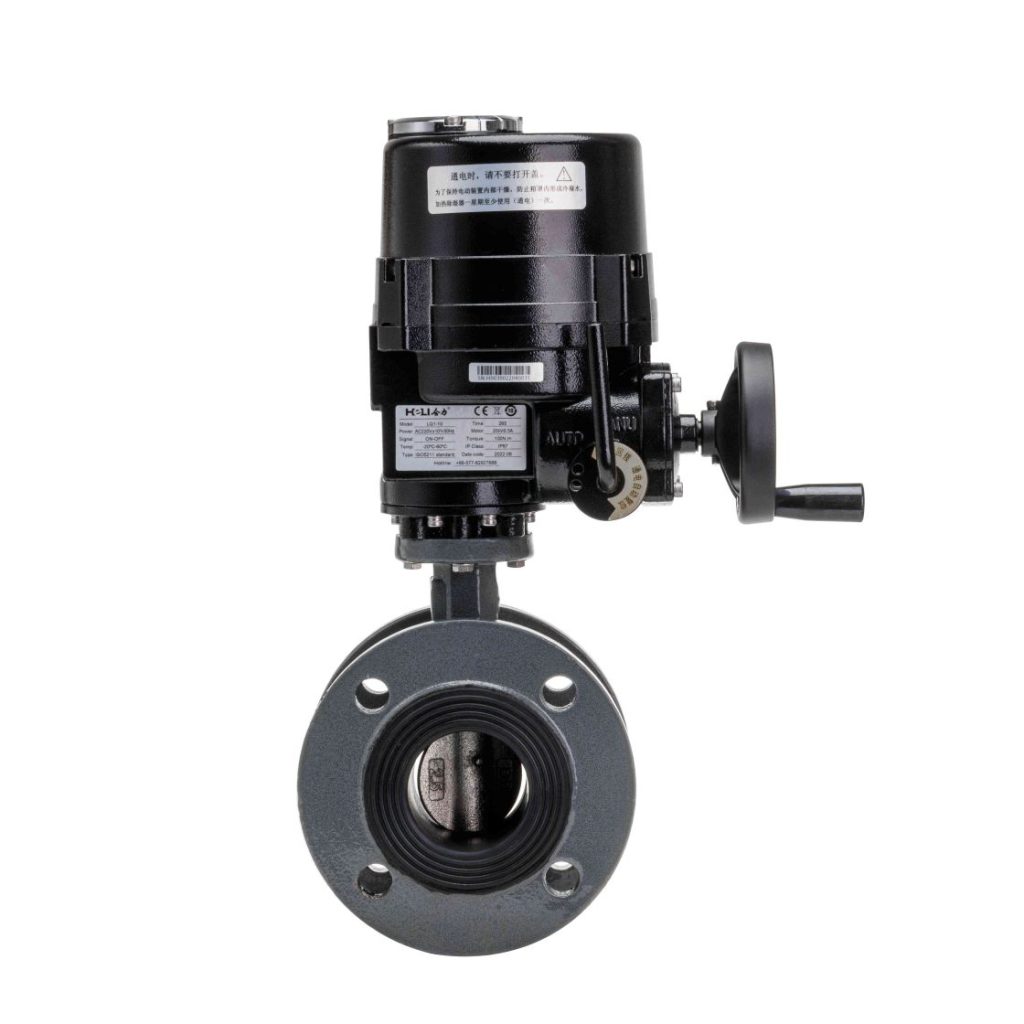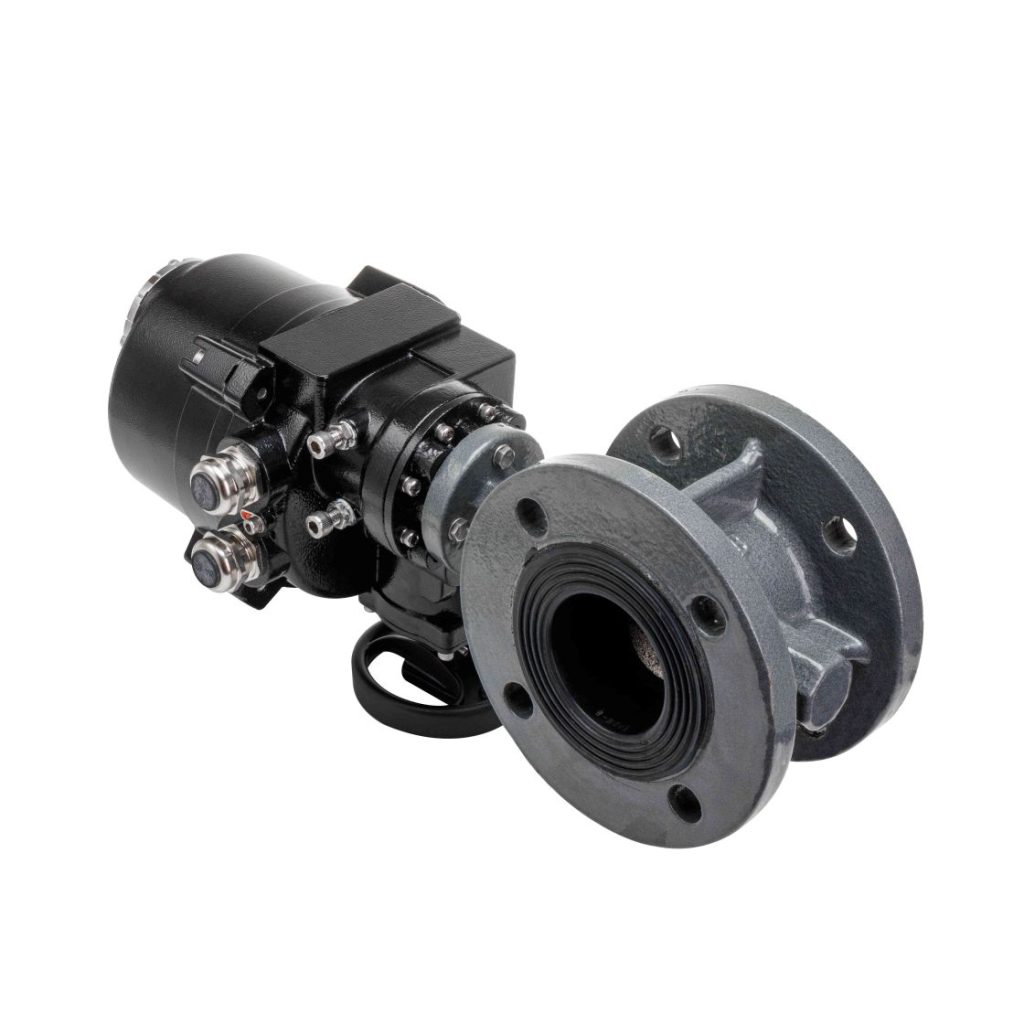Electric ball valves are essential components in modern industrial and commercial systems, offering precise control over fluid flow through a pipe. These valves combine the straightforward design of a ball valve with the advanced capabilities of electric actuators, making them an ideal solution for various automation and control applications. This article explores the working principle, applications, advantages, and key features of electric ball valves, providing a comprehensive understanding of their role in fluid control systems.

What is an Electric Ball Valve?

An electric ball valve is a type of ball valve that uses an electric actuator to control the movement of the valve’s ball. The valve itself has a hollow, spherical ball with a central hole through it, which regulates the flow of fluids. The ball rotates to either align or block the flow passage, opening or closing the valve. The electric actuator receives a signal, typically from a control system, to turn the ball to the desired position. These valves are commonly found in systems that require automated and remote control, offering more precise operation compared to manual valves. Electric ball valves can be integrated into smart systems, where they can be controlled using sensors, controllers, and even cloud-based software platforms.
